Montana-based photographic artist James Florio approaches the camera not simply as a device for documentation, but as a means of sustained observation — a way of understanding how architecture, landscape, and time converge. His practice is rooted in patience and precision; he returns to sites repeatedly, allowing the slow rhythms of light, weather, and human presence to shape his vision. Working primarily with large-format film, Florio translates the physical experience of place into images that reveal both the endurance and impermanence of the built world.
Across his ongoing projects — including Sticks, FOG, and Thirty-Six Views of Inverted Portal (Radius Books) — Florio explores the fragile intersections between nature and structure, permanence and decay. His work has appeared in numerous publications such as National Geographic Traveler, Architectural Record, and Domus, and he was the recipient of the Julius Shulman Institute Excellence in Photography Award in 2022.
In this conversation, Florio shares more on his FOG series, the meditative discipline of working with film, and the quiet transformations that occur when one learns to truly see a place over time.

James Florio shooting at Tippet Rise
A+W: Where did you create the FOG series? Was it a single location or multiple places?
FLORIO: The series was taken during my (ongoing) artist residency at Tippet Rise Art Center in Fishtail, Montana. These images were taken across the 15,000-acre ranch, but fog often formed in the higher elevation areas.
As of... March 28, 2025, since my first visit in 2017, I have gone there [tippet rise] 1,356 times. This limitless has allowed for an exploration of the unknown that manifests in myriad ways.- Florio
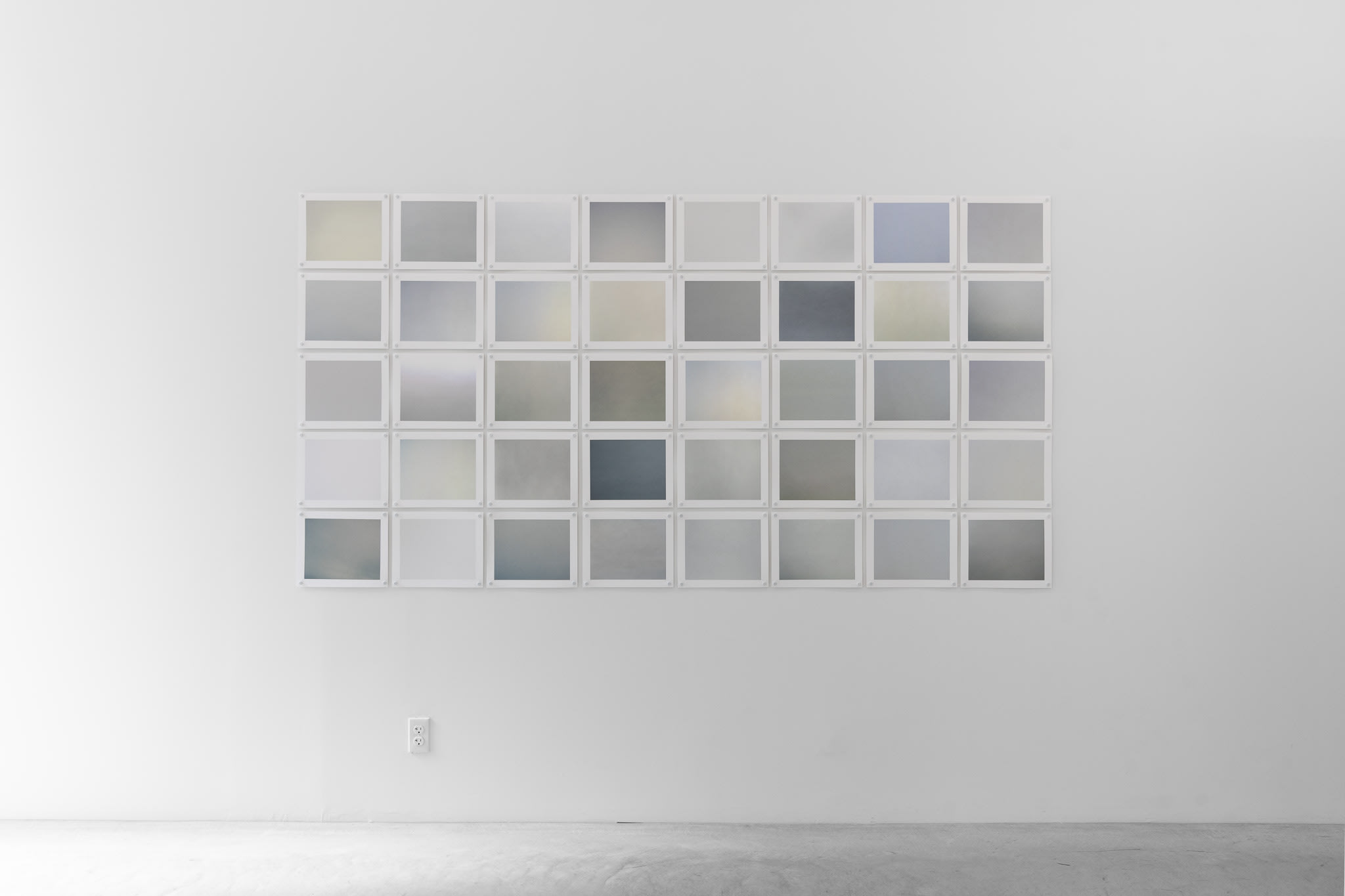
Fog Series no. 01, 2019-2025
A+W: Was this a short, focused study or an extended exploration over months or years?
FLORIO: This project came out over time. I was given a tremendous amount of freedom to explore the landscape at Tippet Rise with my 8x10 Camera. As of today, March 28, 2025, since my first visit in 2017, I have gone there 1,356 times. This limitless has allowed for an exploration of the unknown that manifests in myriad ways. Each image yields unexpected results that are only truly appreciated much later, and with the addition of each new image, I find myself seeing more and more.
The series [shared at ARDEN + WHITE GALLERY] was worked on and developed from 2018 through 2025. Images in the final 40 Image set range from 2019-2025.
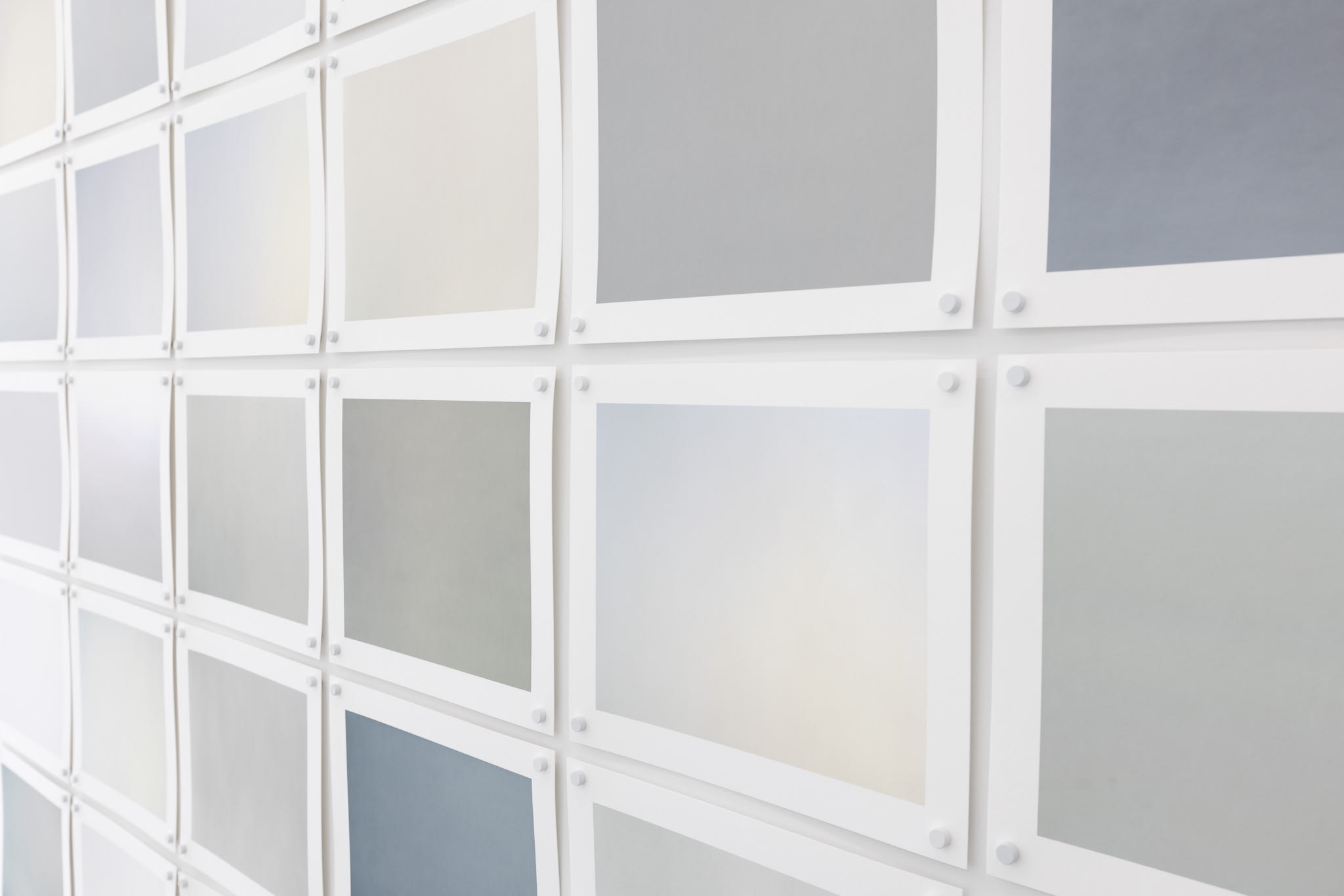
A+W: How does this series reflect your way of seeing? Does it emphasize repetition, patience, or a deeper engagement with details that might otherwise go unnoticed?
FLORIO: When I first came to Tippet Rise I had to first spend a lot of time learning how to look through the 8x10 camera, which shows what's in frame backwards and upside down. Then, it took more time to truly see through this lens, to truly see what I was looking at. I have also come to trust the unknown, valuing how something makes me feel rather than just how it appears. At Tippet Rise, I developed a degree of patience and resilience in facing uncertainty, which I now believe is an essential part of my creative process. The camera and the passage of time have enabled me to perceive things I could never notice with just my eyes, allowing me to feel more deeply and understand more fully
Time is the most important element in my work. As the project progressed and the main idea began to take shape, I found that I struggled less and less. By the end, it became a liberating way to work. I stopped worrying about questions of beauty, composition, or being there at the "right" moment. Instead, I simply immersed myself in the experience, pointing the camera into the abyss to record, document, and appreciate what I was seeing. -FLORIO
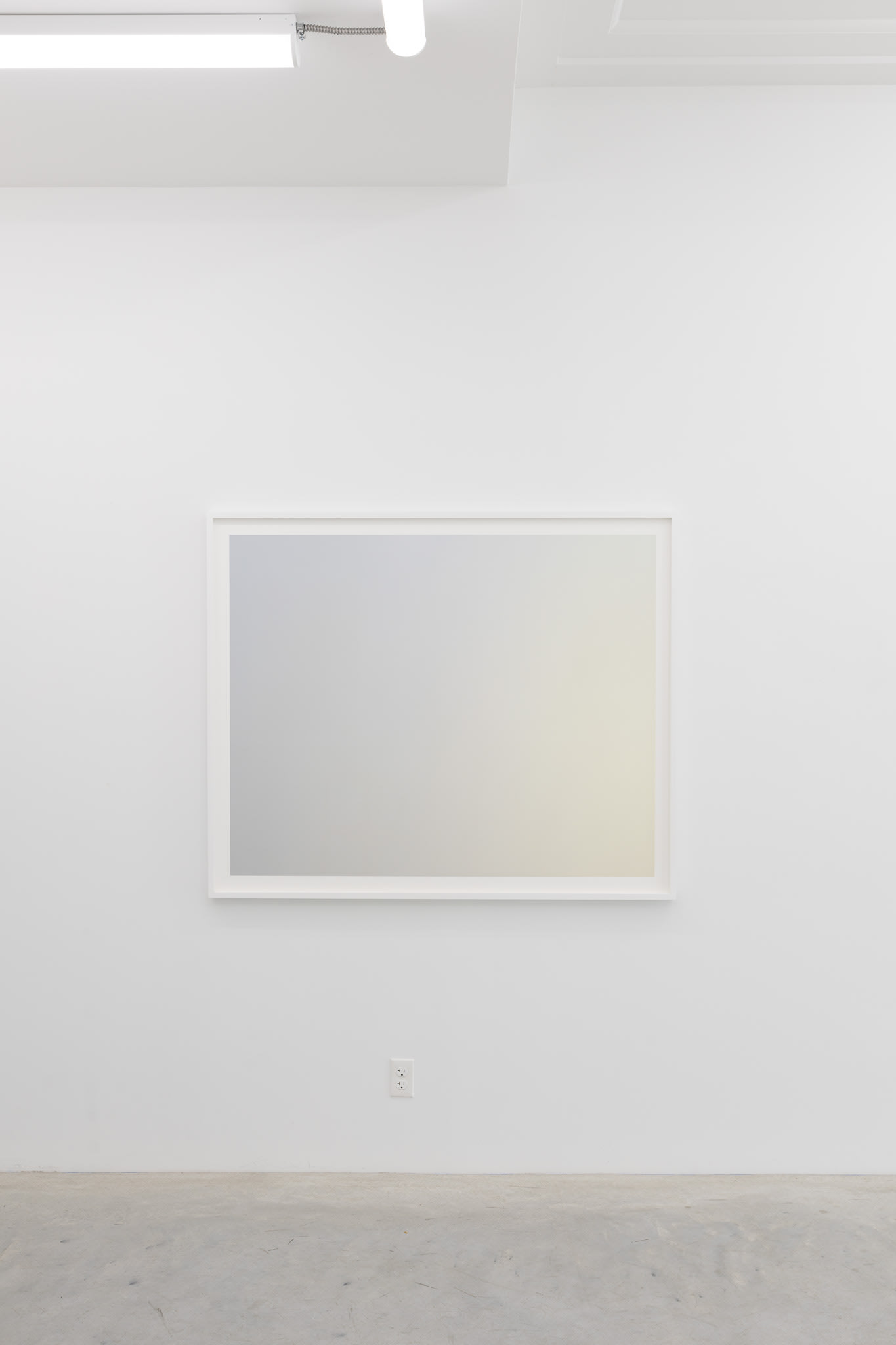 December 10, 2020, 2:39pm
December 10, 2020, 2:39pm
A+W: How did these constraints shape the outcome?

March 13, 2020, 11.22 am & May 24, 2021, 5.55pm installed
I believe that the silence and sounds of this landscape provide a unique stillness that I always strive to capture in my images...Fog in its very nature can be fleeting, many times, I would hike far out to a distant ridgeline, set up my camera, focus, and load the film, only to have the fog suddenly shift and disappear down the valley. -FLORIO
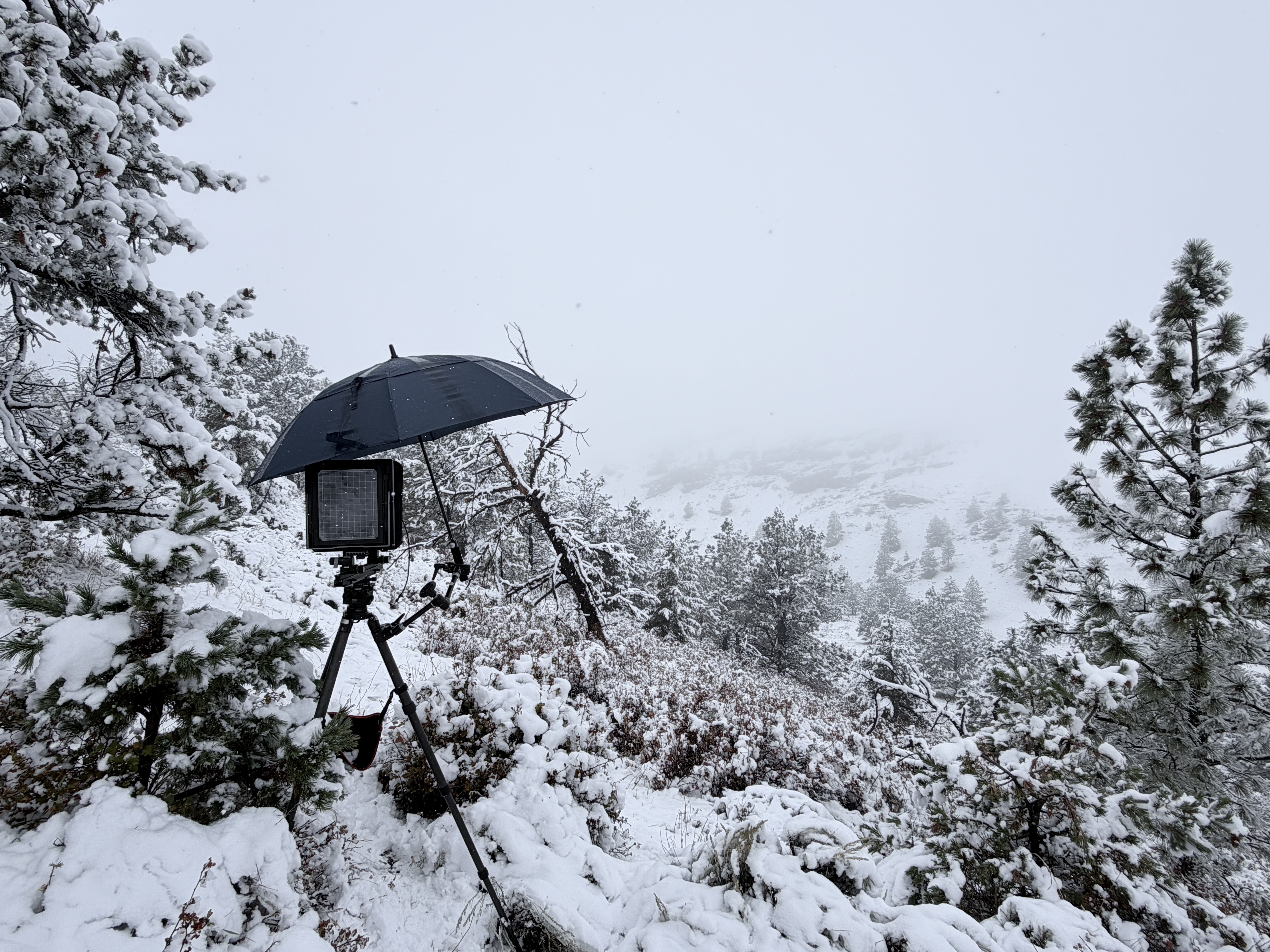
A+W: Did you have a conceptual framework from the start, or did it develop as you worked?
FLORIO: This development took place over time, driven initially by curiosity and mystery. Only much later, while back in the studio making my test prints, I was struck by the incredible variation and stunning beauty of that variation. One of the most challenging aspects was deciding how to compose these images: how many to include, in what order, and what format to share them in (perhaps a book, but how and what kind?). They needed to be viewed all at once while also allowing for infinite variations, much like the fog itself.
A+W: How does it fit within the larger arc of your work?
FLORIO: This work is a sister project to my "Thirty-Six Views of Inverted Portal." Like that project, it takes the form of a book that transitions into an exhibition and explores one primary subject in great detail.
While the two projects are quite different, I encountered many of the same constraints and challenges in both, which helped me gain a clearer perspective on each one. I have also realized that my current work is fundamentally about time and change, capturing the infinite transformations within each piece—how every image is truly unique, just like each moment and each breath.

detail image
A+W: What emotions or themes are embedded in this work for you?
FLORIO: The series acts as a statement and a reminder for me to strive to look more deeply at the world around us, at the shifting light, the shifting seasons, the shifting moments. It also reminds me to look for what can not be seen so easily ... to seek the mystery.
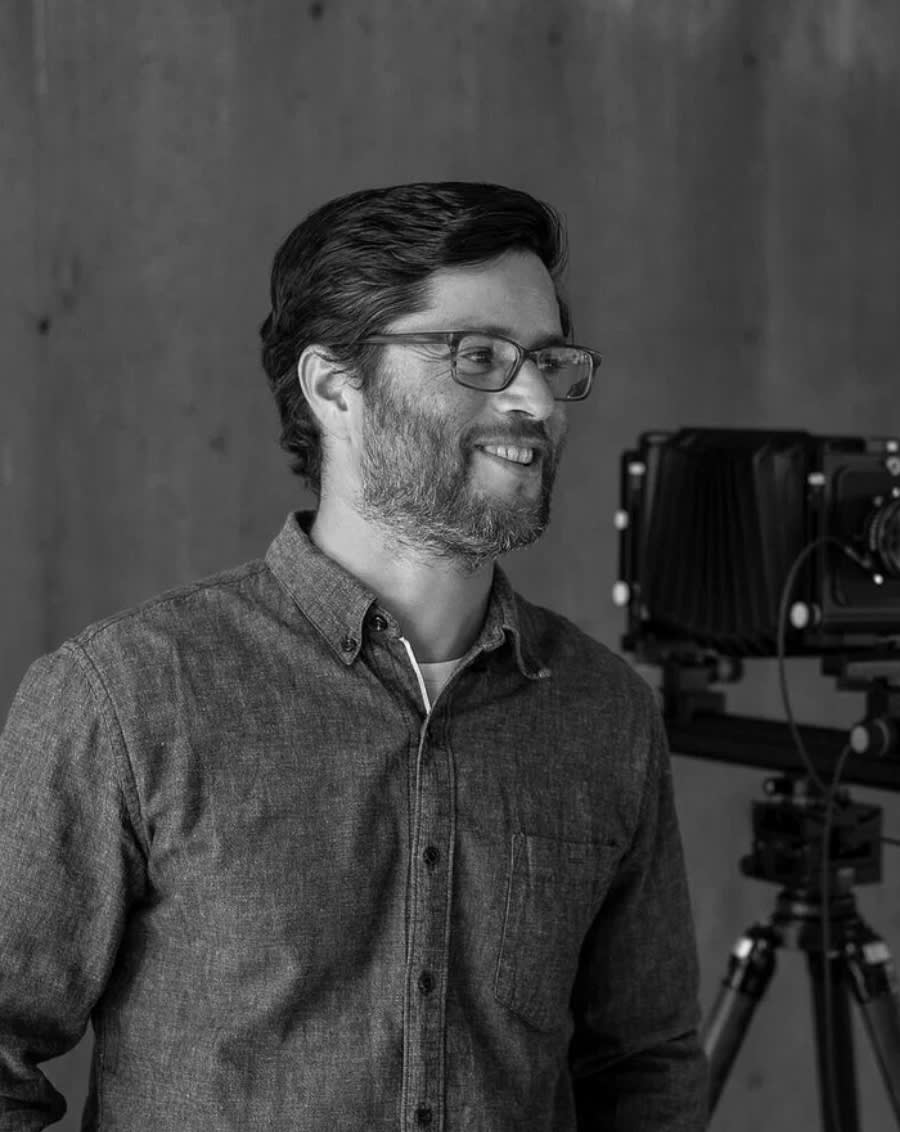
James Florio's work is featured in a two-person exhibition at the gallery, WHAT LINGERS, running until November 8th, 2025.
For more information on available works by the artist, contact gallery@ardenandwhitegallery.com











